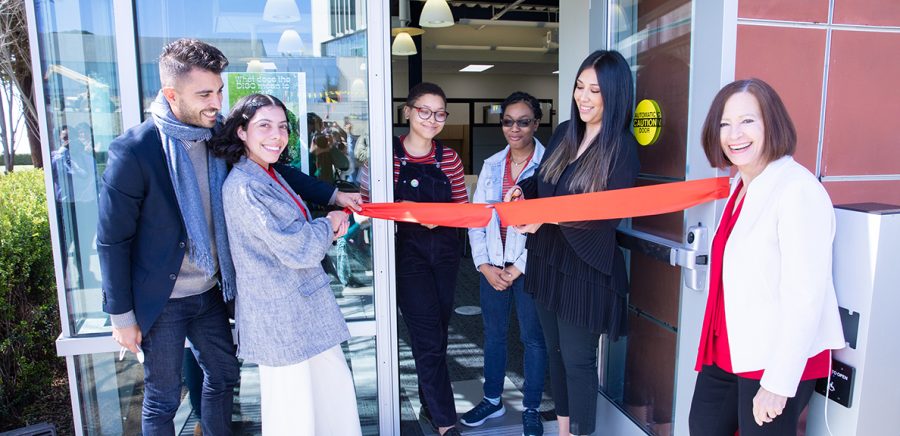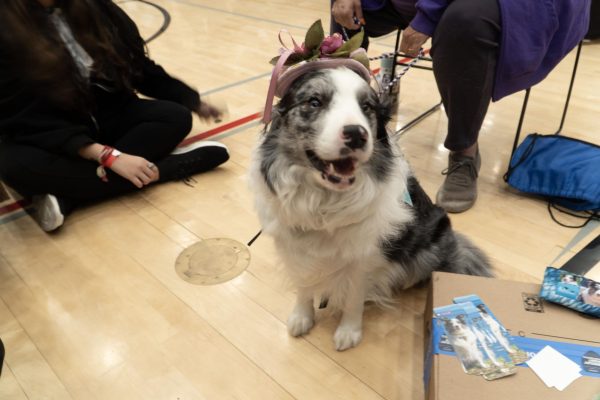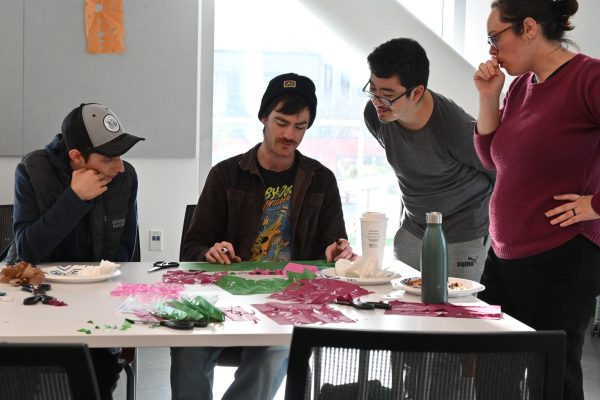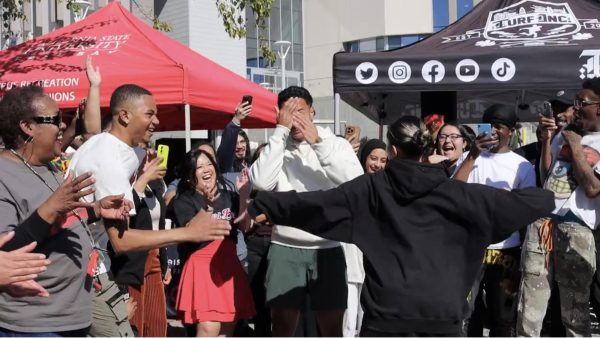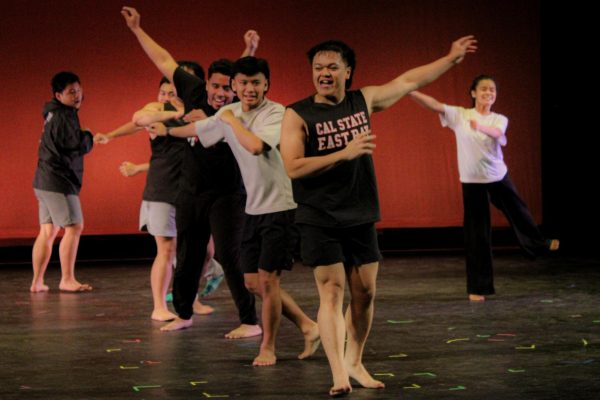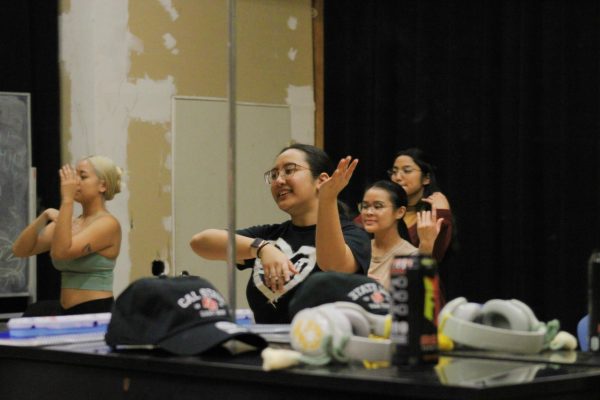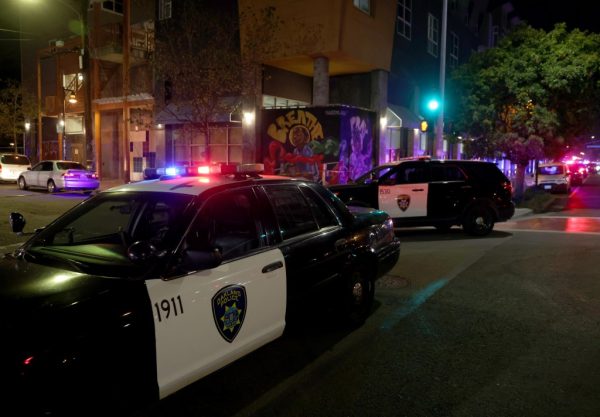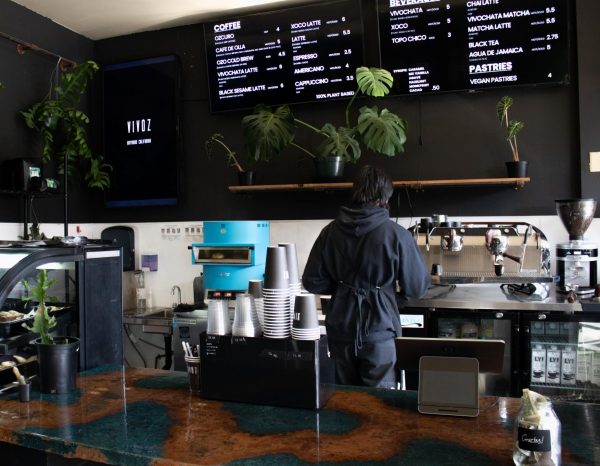An Update on the Affinity-Based Resource Centers
Are They Living Up to Expectations?
The Office of the President at California State University, East Bay established five Affinity-Based Student Success Centers in Spring 2022 as part of their current diversity initiative. The new centers include: the Asian-American Pacific Islander (AAPI) Student Success Center, Black Student Success Center, Latinx Student Success Center, Undocumented Student Resource Center, and the renovation of the Diversity and Inclusion Student Center (DISC).
These programs are meant to assist student minorities in achieving academic success and instill a feeling of belonging on campus, meanwhile encouraging campus diversity. The ultimate success of these five centers can bring greater cultural and ethnic awareness, as well as intersectionality to campus.
According to Martin Castillo, Assistant Vice President of Equity & Belonging and Dean of Students, “Prior to the four new affinity student centers opening, the DISC was responsible for representing all students.”
Seeing as this dynamic would not benefit students coming from a wide range of cultural and ethnic backgrounds, there was an apparent need for specialized centers. “The centers came about because students came together in unity to advocate for the spaces they needed on campus to physically exist and feel safe in their full identities,” added Castillo.
The affinity centers act as a place to empower marginalized groups towards success in academia and improve graduation rates. The formation of these centers have been met with much excitement and anticipation, since the discussion about their impact on campus has been ongoing, long before the centers opened their doors.
Although it is still too early to predict the overall impact of the centers, as they are still in their beginning stages, students have come in and expressed curiosity and delight in using the available resources, which vary with each center, according to Castillo.
Cookie Garrett, the coordinator for the Black Student Success Center, said that some of the center’s services offered include: “opportunities for leadership and mentorship, scholarship information, internship referral, and a safe and inclusive space for all students.” Although the resources offered at each center vary depending on the coordinator, the “ultimate goal [of the Affinity Centers] is to make sure that students graduate; that they cross the stage,” said Camarena.
Since the initial openings of the new Affinity Centers, Camarena noted an increased sense of unity on campus. “One of the hopes for all the centers being under one department or unit, is that the way coordinators run their centers and how they coordinate events–not just exclusive to their center’s identity–can cause an overlap and intersectionality with other centers. There are not just Latinx and Black students but Afro-Latino students. There are not just undocumented and Asian Pacific Islander students but undocumented API students.”
In Camarena’s opinion, these identities are intertwined, with the establishment of the Affinity Centers enabling the continued medley of identity exploration.
Another objective of the centers is to address the importance of students’ ability to feel seen and recognized. “[A lot of times] students feel invisible, like they don’t have a safe space to be their authentic self. We want them to feel seen,” stated Camarena. Inclusion is very important and vital in enabling students to thrive in the school environment and elsewhere.
Garrett expressed her passion for working with students from historically underserved or underrepresented groups. “We are all connected to these identities (Black, Latinx, AAPI, Undocumented) in very personal ways and we have navigated many of the same experiences our students are having in various ways.”
Camarena shared that students who have already visited the centers, have enjoyed the experience of having someone to talk to or be around people that looked like them and that students could relate to. Outcomes like this motivate staff to do their best and provide students with as much support as possible.
Aside from helping students, Camarena believes that her working alongside her colleagues makes her job more rewarding. “There’s so much potential in what we can do, because all the coordinators are the right people for the job. There’s a lot of love for the students. It helps me want to be here. It’s easier knowing we serve the same purpose and that everyone is working just as hard as me,” said Camarena.
Despite their recent debut, the Affinity Centers have already faced a few obstacles. A major setback to the creation of these centers has been difficulty in hiring a Latinx Center Coordinator. “We have not been able to hire someone for about a year now,” Camarena admitted.
Another issue is the lack of adequate space. “The spaces [at the centers] are very small. With the pandemic and social distancing, there’s a limit on the number of students in the space,” she said.
Nevertheless, Camarena credited her colleagues for their ability to find solutions as a collective body, praising the team dynamic and the collaborative spirit. “We have been able to find solutions for everything else. We have made a great team.”
With new solutions come new problems, but Affinity Center leads—bolstered by their individual dedication to advancing social justice on campus—are working hard in trying to figure out how to make this new project become an effective one, given its potential and promising outlook.


